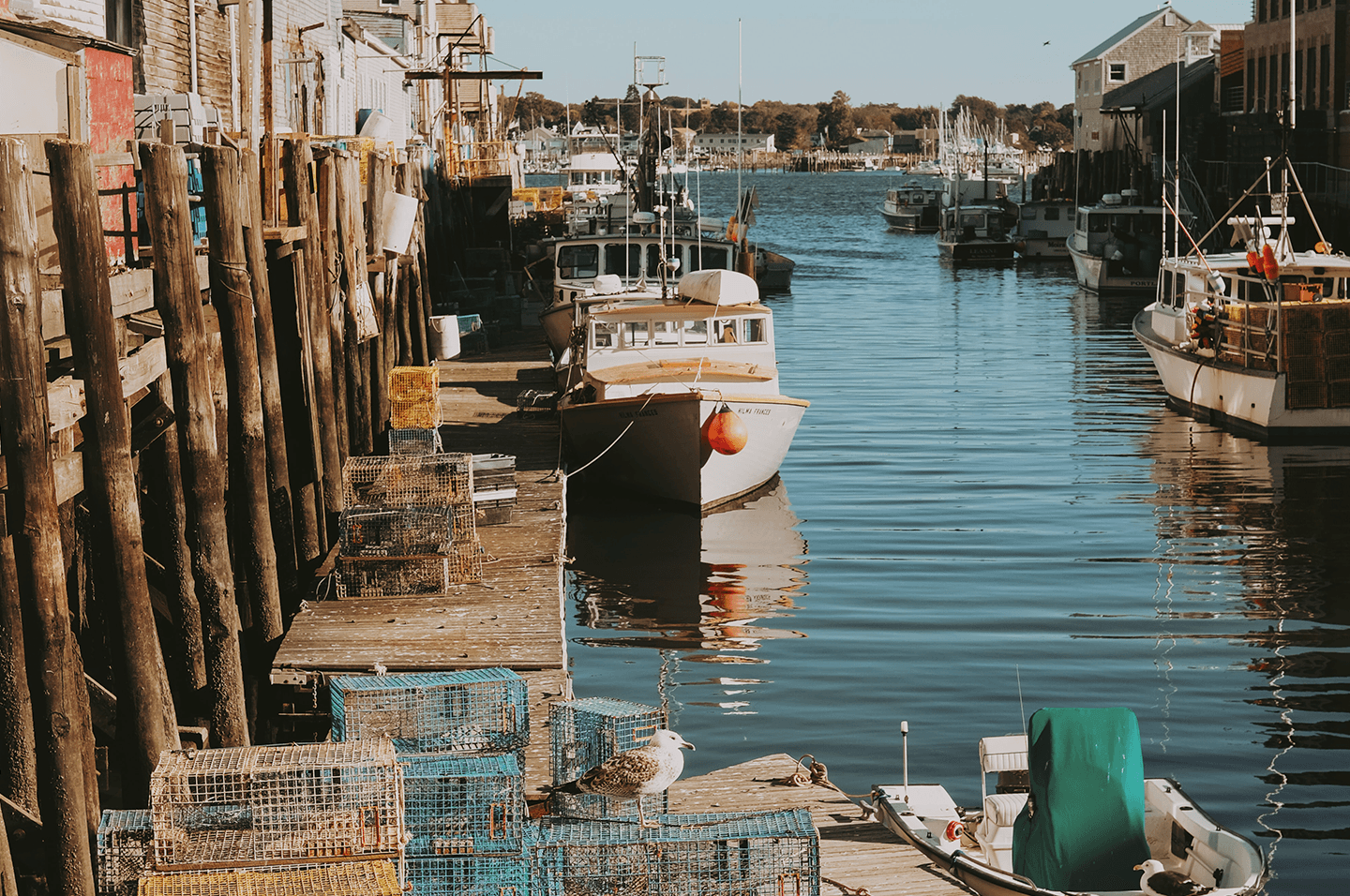
Blue-blooded
We’re in the age of innovation yet our economy, medical industry and way of life rest on the shell of a crustacean older than the dinosaurs.
The 450 million-year-old horseshoe crab plays an integral role in Covid vaccine production and most medical innovation so far.
It sounds like deep science fiction, but the blue blood of horseshoe crabs is harvested by the healthcare industry. Each litre comes in at US$16,000. Google the topic for some horrifying images.
Their blood is the only known producer of limulus amebocyte lysate. These cells can detect a bacteria called endotoxin. Any amount of endotoxin in the body can prove deadly. The blood is used to test for its presence on needles, pharmaceuticals and prosthetics. Each year, 400,000 crabs are bled.
Of course, this isn’t a perfectly sustainable or harmless action. Crab numbers in some parts of America have fallen by 60% since 1990. It is estimated that 30% of crabs die during the process, even if they are returned to the ocean after bleeding. Where’s the artificial alternative? It’s coming but humans are struggling to outpace hundreds of millions of years of natural development. In 2016, a synthetic variation was discovered with moderate adoption but by 2020, US regulators refused to declare the alternative as effective.
The medical community is aware of our reliance on such a fragile and scarce resource. Natural disasters, oil spills, global warming all affect the crab populations and indirectly our ability to produce life-saving medicines. It may sound sensationalised but the race for a safe synthetic solution is on.